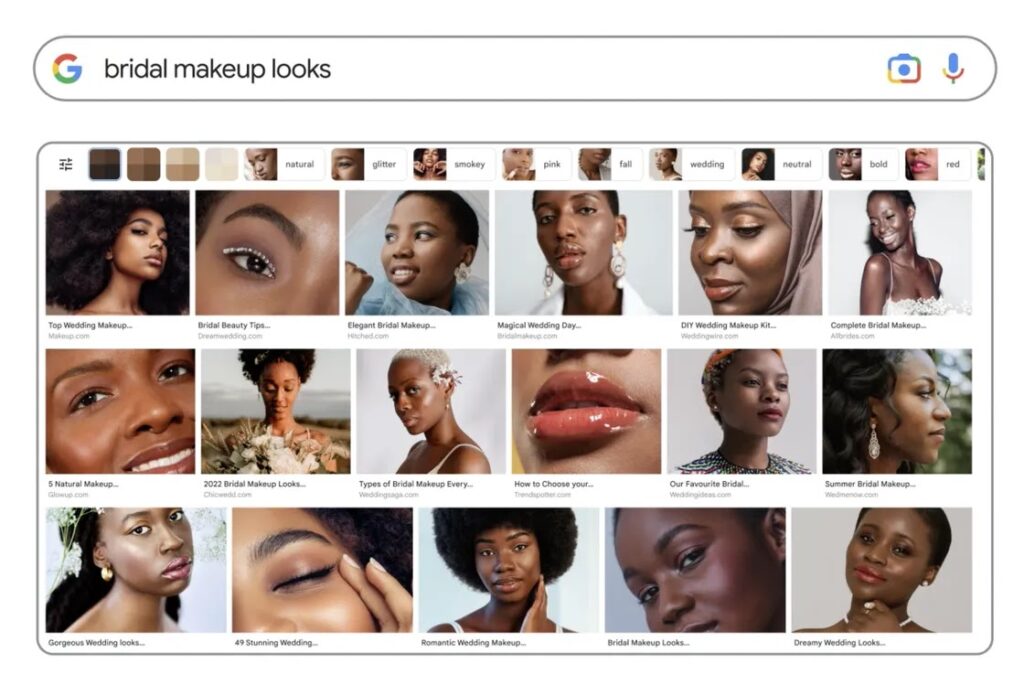Google has teamed up with a Harvard professor to launch a new 10-point scale for measuring skin tones.
The reason? To help eliminate bias within its own AI products by creating an inclusive of the spectrum of skin tones we see in our society.
Dr. Ellis Monk has been studying how skin tone and colorism affect people’s lives for more than 10 years, so he was the perfect person to lead Google’s new effort.
Google is ditching the previously used Fitzpatrick Skin Type, which only contains six colors and has proven to be successful at classifying differences among lighter skin.
According to Google’s blog, the Monk Skin Tone (MST) Scale, a 10-shade scale, will be incorporated into various Google products over the coming months and will replace obsolete skin tone scales that are discriminative toward fairer skin.

Together, Monk and Google surveyed approximately 3,000 people across the U.S. A significant number of those surveyed said a 10-point scale matched their skin as effectively as a 40-shade palette.
“Unless we have an adequate measure of differences in skin tone, we can’t really integrate that into products to make sure they’re more inclusive,” Monk tells The Verge. “The Monk Skin Tone Scale is a 10-point skin tone scale that was deliberately designed to be much more representative and inclusive of a wider range of different skin tones, especially for people [with] darker skin tones.”
Google started its rollout of the new scale by applying it to its beauty-related Google Images, which now show photos with varying skin tones.
“Usually, if you got past 10 or 12 points on these types of scales [and] ask the same person to repeatedly pick out the same tones, the more you increase that scale, the less people are able to do that,” Monk added. “Cognitively speaking, it just becomes really hard to accurately and reliably differentiate.” A choice of 10 skin tones is much more manageable, he says.
